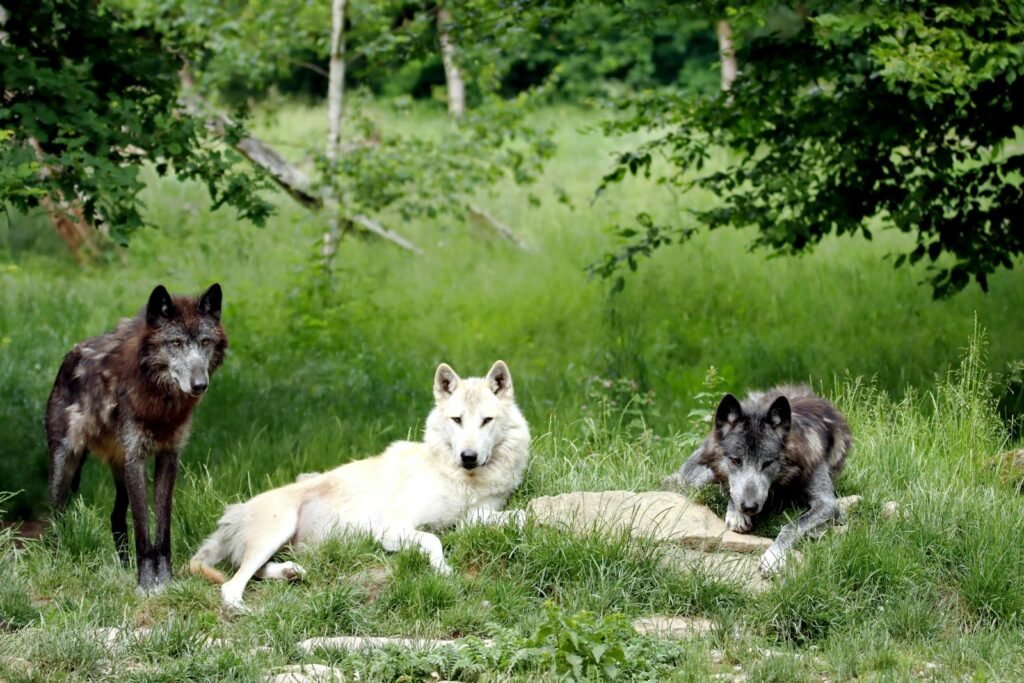Yellowstone’s untamed wilderness once echoed with the haunting songs of wolves, weaving ancient tales of predator and prey. But for decades, those echoes vanished, replaced by silence and an imbalance that no one expected. In 1995, a daring decision was made—to bring wolves back to a place that had almost forgotten them. What happened next would not only shock scientists and rangers but also ignite passionate debates across the nation. This is the story of how a controversial, courageous move reshaped one of the world’s most famous national parks and offered a lesson in what it truly means to restore nature.
The Vanishing of Yellowstone’s Wolves
The story begins in the early 1900s, when fear and misunderstanding led to the systematic extermination of wolves from Yellowstone. Hunters, ranchers, and government agencies saw wolves as threats to livestock and game, setting traps and offering bounties until the last pack disappeared by the 1920s. Without wolves, Yellowstone’s ecosystem lost a vital player. The absence of this top predator set off a ripple effect, changing everything from the behaviors of elk to the growth of trees along riverbanks. Yellowstone, once a finely tuned symphony of life, fell out of harmony.
The Unintended Consequences of Extinction
When wolves vanished, elk populations soared. With no natural predators keeping them in check, elk grazed heavily on young willow and aspen shoots. This constant browsing stunted tree growth and led to eroding riverbanks, which in turn reduced habitats for beavers, birds, and fish. The absence of wolves triggered a domino effect, destabilizing the intricate web of life. Scientists call this a “trophic cascade”—a powerful chain reaction that reveals how deeply connected every living thing is. Yellowstone was changing, and not for the better.
The Spark of an Ambitious Plan
By the late 20th century, the consequences of wolf absence were undeniable. Researchers and conservationists began to dream of a solution that seemed as wild as the landscape itself: reintroduce wolves to Yellowstone. The idea was met with fierce opposition and equally fierce support. Ranchers worried about their livestock, while environmentalists argued the ecosystem desperately needed its top predator returned. The debate was heated, emotional, and at times, deeply personal.
Bringing Wolves Home
In January 1995, the bold plan took shape. Fourteen gray wolves, captured in the cold forests of Canada, were carefully transported to Yellowstone. Their arrival was watched by scientists, journalists, and locals, all holding their breath. The wolves were released from acclimation pens and ventured into the wild, uncertain but free. It was a moment charged with hope and anxiety—a true leap of faith for wildlife management.
The Wolves’ Return and Their First Steps

As the wolves began exploring their new home, they encountered a landscape both familiar and strange. The packs established territories, hunted elk, and raised pups in dens hidden among the park’s canyons and forests. Their presence quickly became apparent—not just in the howls heard at dusk, but in the subtle shifts within the ecosystem. Elk, once fearless, grew more cautious. The land seemed to awaken, as if remembering an old rhythm.
Trophic Cascade: Nature’s Domino Effect
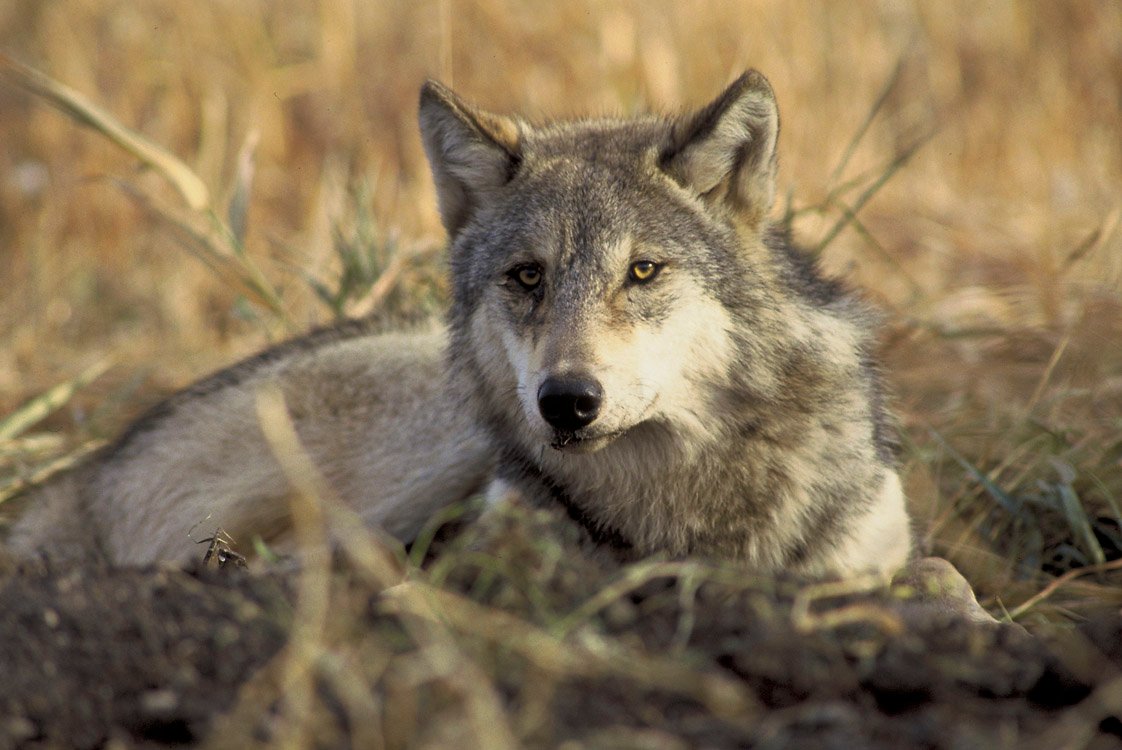
The wolves’ return sparked changes that rippled through Yellowstone. Elk populations declined, allowing overbrowsed willows and aspens to recover. With healthier vegetation, beavers returned and built dams that slowed streams, creating new habitats for fish and amphibians. Songbirds flocked back to the revitalized woodlands. Even rivers changed course, their banks stabilized by the trees and shrubs that wolves had indirectly saved. The park was healing, all because of one keystone species.
Challenges and Controversies
Not everyone welcomed the wolves. Local ranchers faced real losses when wolves occasionally preyed on cattle and sheep. Lawsuits, protests, and heated arguments erupted, with some calling for the removal of the wolves. Federal compensation programs were created to reimburse ranchers, but tensions remained high. The story of Yellowstone’s wolves became a national debate about conservation, property, and the right balance between human needs and wild nature.
Scientific Revelations
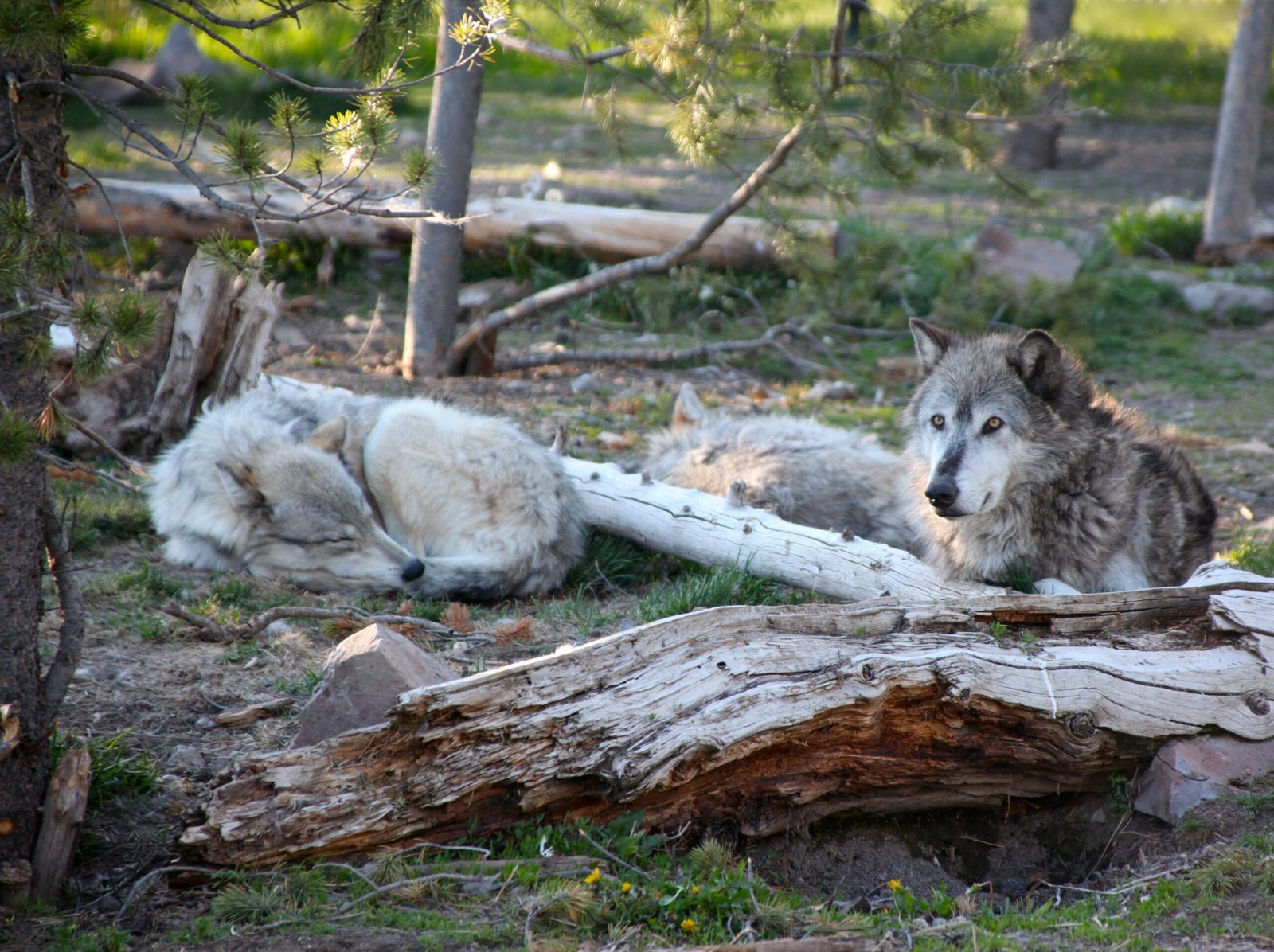
Wolves gave scientists a rare chance to observe an ecosystem in transformation. Researchers tracked packs with radio collars, studied elk migration patterns, and measured the regrowth of plants. What they discovered was astonishing: the presence of wolves had effects far beyond what anyone predicted. The return of beavers, the resurgence of birds, and even the cooling of rivers in summer were all linked to the wolves’ influence. Yellowstone became a living laboratory for understanding the importance of apex predators.
Inspiring a Global Movement
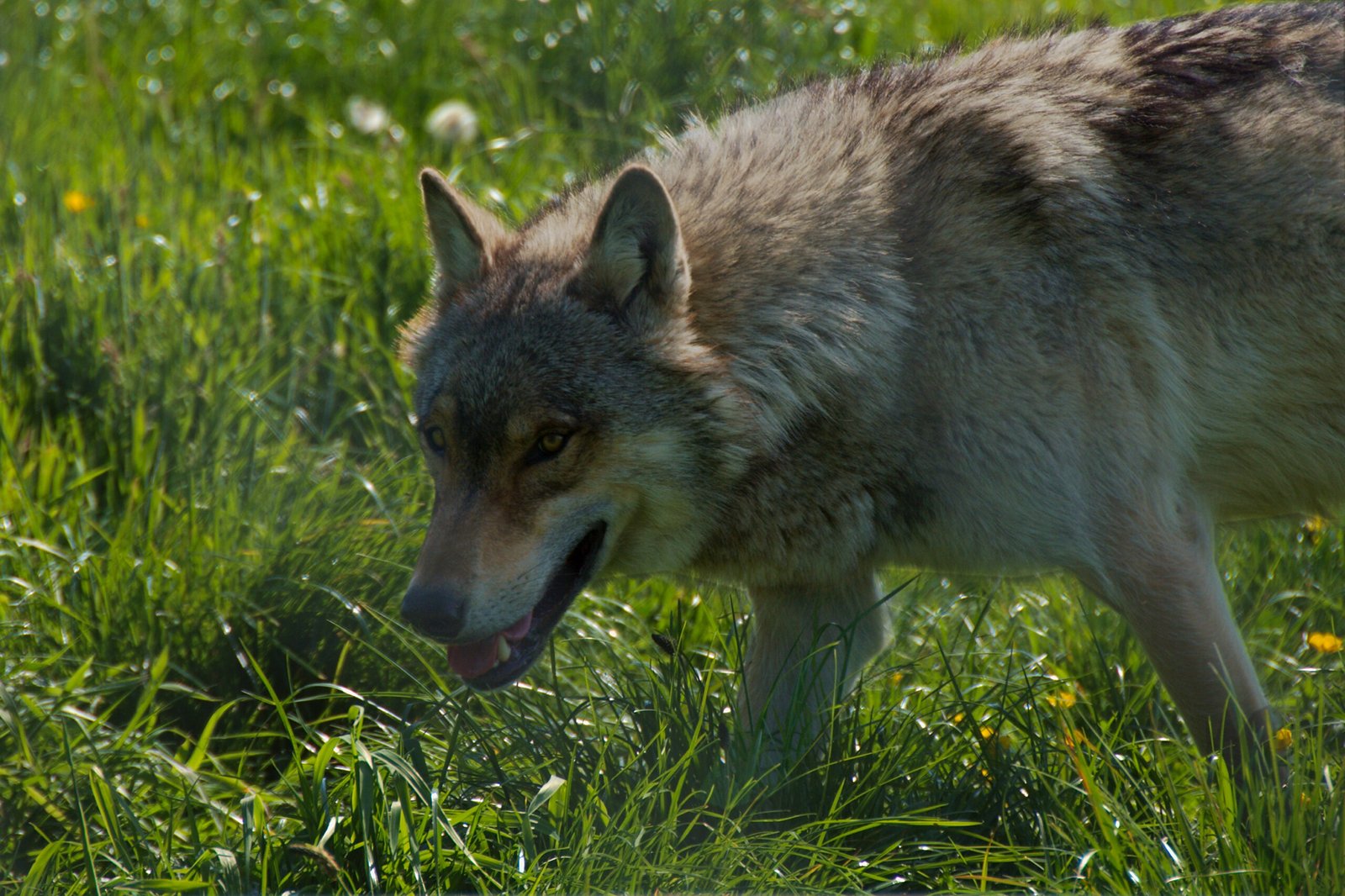
The success of Yellowstone’s wolf reintroduction inspired similar projects around the world. Countries in Europe and North America began considering the return of lost predators to restore balance in their own ecosystems. The Yellowstone experiment became a beacon for rewilding efforts, showing that even bold, controversial plans could lead to breathtaking recoveries. The park’s wolves became global ambassadors for the power of nature’s resilience.
The Emotional Power of Wildness
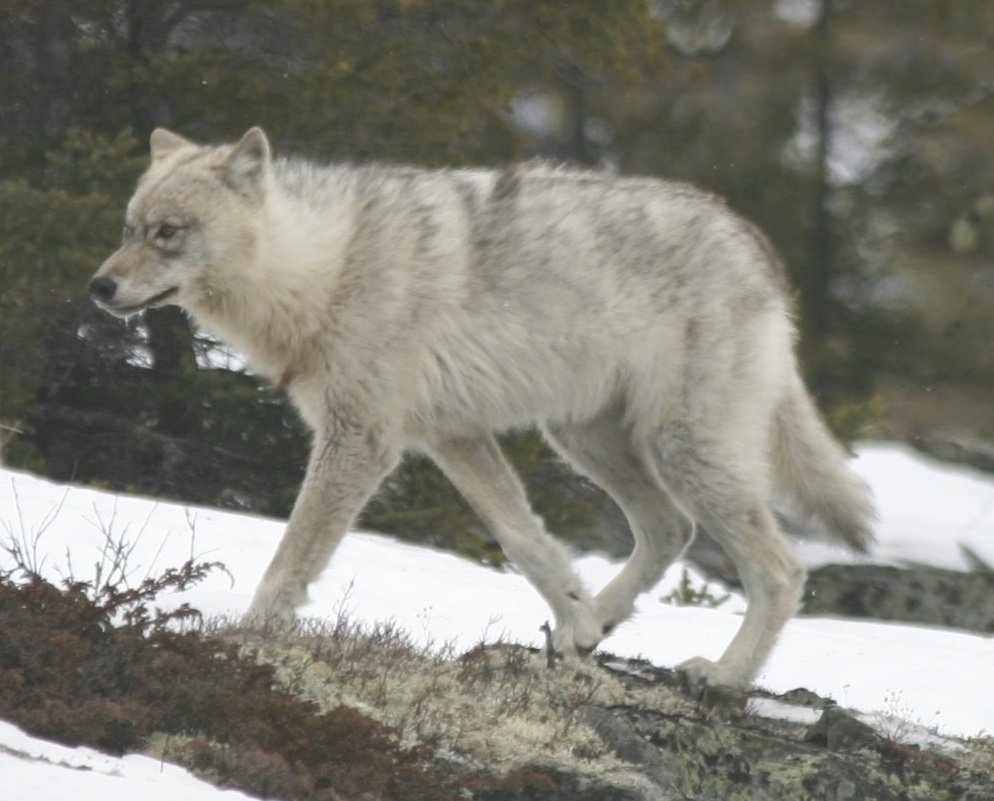
Beyond science, the return of wolves touched something deep in the human spirit. Visitors flocked to Yellowstone, hoping to catch a glimpse of a gray wolf loping through snowy meadows. The haunting howl of a wolf became a symbol of wildness restored—a reminder that nature, when given a chance, can surprise us with its strength and beauty. For many, the wolves’ story is a testament to hope, courage, and the enduring mystery of the wild.
Lessons from Yellowstone’s Wolves
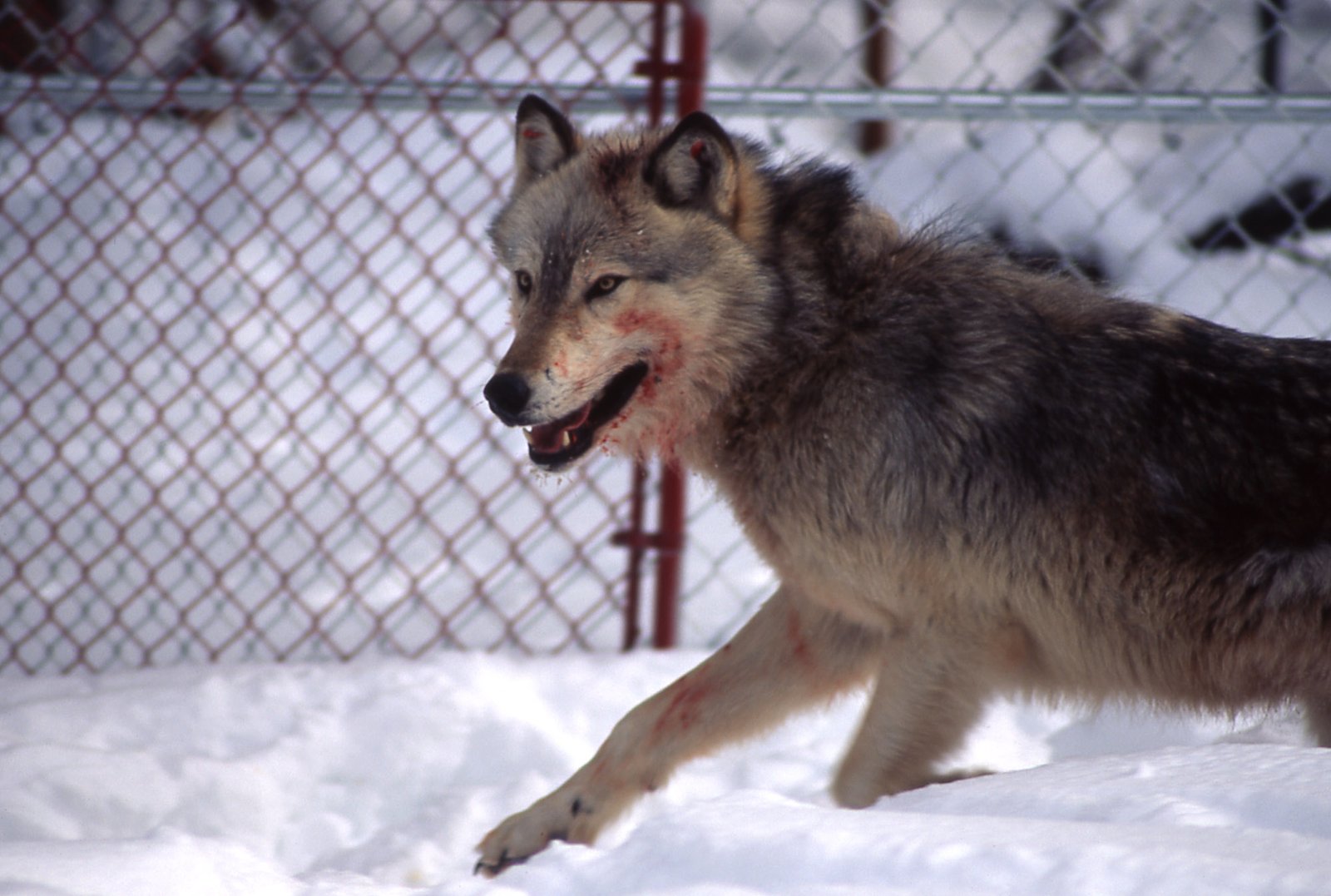
The Yellowstone wolf reintroduction teaches us that even the smallest changes in nature can have profound consequences. It challenges us to see the connections that bind all living things, from predators to plants to people. The wolves’ journey—fraught with controversy, triumph, and heartbreak—offers a powerful lesson: sometimes, healing begins with letting go of fear and trusting in the wisdom of the wild.

